
Ceramics are non-metallic, inorganic materials that have been utilized for millennia, crossing from old earthenware to present day designing parts. The expression “fired” starts from the Greek word “keramikos,” signifying “of stoneware.” These materials are ordinarily made out of dirt minerals like kaolinite and can incorporate substances like alumina, silica, and zirconia. The assembling system includes forming the unrefined substance and afterward terminating it at high temperatures to accomplish wanted properties.
Customary earthenware production incorporate stoneware, blocks, tiles, and porcelain. These things are principally esteemed for their sturdiness, heat opposition, and tasteful allure. Imaginative ceramics frequently feature many-sided plans and coatings, featuring the convergence of usefulness and excellence.
High level ceramics, created in the twentieth 100 years, are designed for superior execution applications. These remember parts for hardware, clinical gadgets, auto enterprises, and aviation. For example, silicon carbide and boron nitride are utilized in cutting apparatuses and reinforcement, while piezoelectric pottery are basic in sensors and actuators.
Ceramics display a scope of valuable properties like high hardness, low electrical and warm conductivity, and protection from compound disintegration. Notwithstanding, they are additionally fragile, which can restrict their applications where adaptability or effect obstruction is required.
Research in ceramics keeps on advancing, zeroing in on improving durability, creating bio-pottery for clinical embeds, and making composites that consolidate the best properties of earthenware production with metals or polymers. As innovation advances, the adaptable utilizations of pottery will probably extend, further establishing their job in both conventional craftsmanship and state of the art innovation.
RELATE:https://homesrefine.com/contemporary-appeal-embrace-modernity-with-a-black-console-table/
Porcelain
Porcelain is a profoundly sturdy and tastefully engaging ceramic produced using kaolin mud, terminated at high temperatures to accomplish its trademark strength, whiteness, and clarity. Eminent for its fine quality, it is normally utilized in fine china, enhancing craftsmanship, dental crowns, and electrical encasings. Porcelain’s capacity to endure high temperatures and oppose chips and stains pursues it a favored decision for both down to earth and enlivening applications.
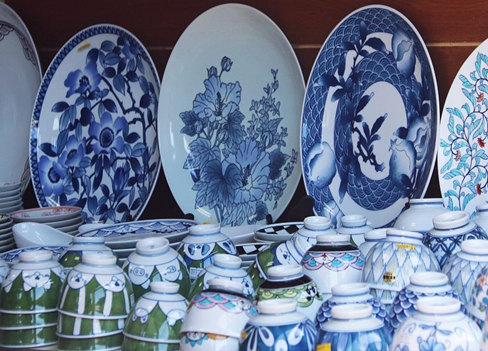
Earthenware
Earthenware is a sort of ceramics produced using dirt, terminated at generally low temperatures, bringing about a permeable and to some degree delicate material. Frequently coated to make it waterproof, stoneware is ordinarily utilized for dishes, vases, and brightening things. Its provincial, hearty appearance and simplicity of molding make it well known for both utilitarian and imaginative manifestations. Notwithstanding being less strong than stoneware or porcelain, pottery’s reasonableness and adaptability have supported its boundless use in different societies for a really long time, from regular family things to conventional clay craftsmanship.

RELATE:https://homesrefine.com/comfortable-up-your-home-this-season-with-our-sharp-fall-throw-pillows/
Stoneware
Stoneware is a strong, non-permeable ceramic produced using refined mud, terminated at high temperatures. Its thick, stone-like quality makes it reasonable for both utilitarian and brightening purposes. Prestigious for its solidarity and toughness, stoneware is frequently utilized for cookware, dinnerware, and mugs. It is less permeable than pottery, which makes it more impervious to chipping and water retention. Stoneware’s regular, provincial appearance, joined with its down to earth benefits, has settled on it a well-known decision for ordinary kitchen and flatware.
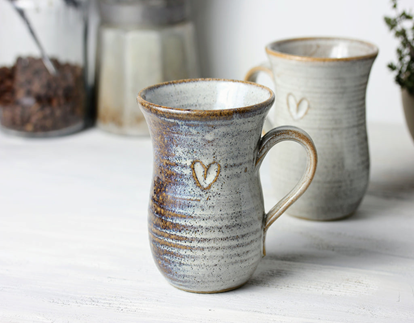
Bone China
Bone China is a top notch sort of porcelain that integrates bone debris, giving it outstanding strength, whiteness, and clarity. Eminent for its toughness and chip opposition, bone china is a favored material for fine flatware and teacups. Its sensitive appearance gives a false representation of its strength, making it ideal for both ordinary use and unique events. The incorporation of bone debris takes into consideration more slender, more refined plans, while keeping an elevated degree of versatility and stylish allure, recognizing it from different pottery.
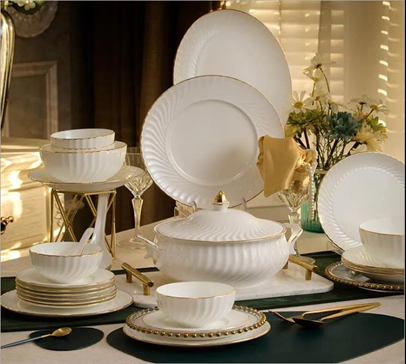
RELATE:https://homesrefine.com/transform-your-space-discover-unique-home-accents-to-elevate-every-room/
Terracotta ceramics
Terracotta signifying “prepared earth” in Italian, is a ruddy brown, permeable ceramic produced using normal dirt and terminated at low temperatures. Known for its provincial appeal, earthenware is generally utilized in garden pots, rooftop tiles, and brightening models. Its breathable nature makes it ideal for planting, as it permits dampness and air to go through. Regardless of its porosity and relative delicacy, earthenware’s tasteful allure and authentic importance have kept it famous for both practical and imaginative applications all through hundreds of years.
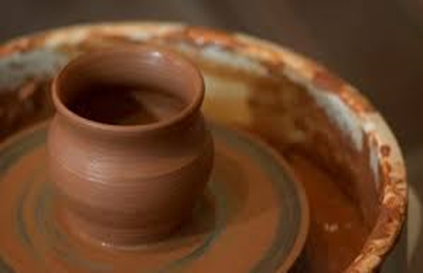
Feldspar Ceramics
Feldspar Ceramics are made involving feldspar minerals as a key fluxing specialist, which improves the verification cycle during terminating, bringing about a smooth, solid material. Famous for their solidarity, warm steadiness, and protection from synthetic erosion, feldspar pottery are generally utilized in sterile product, floor tiles, and research center hardware. Their capacity to endure high temperatures and mechanical pressure makes them ideal for both modern and family applications, mixing usefulness with a smooth, appealing completion.

RELATE:https://homesrefine.com/essential-cooking-pot-stands-you-need-to-know-about/
Kaolin Ceramics
Kaolin Ceramics are produced using kaolin clay, an unadulterated, white mineral known for its high versatility and fine molecule size. Terminated at high temperatures, these pottery accomplish uncommon whiteness, clarity, and strength. Kaolin is an essential fixing in the creation of fine porcelain, sterile product, and top notch paper coatings. Its adaptability and predominant properties make kaolin earthenware production ideal for applications requiring smooth, solid surfaces and exact shapes, going from exquisite dinnerware to modern grade materials.
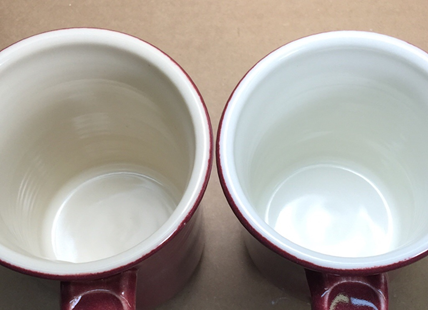
Alumina Ceramics
Alumina Ceramics made principally out of aluminum oxide, are prestigious for their remarkable hardness, warm solidness, and electrical protection properties. These pottery are profoundly impervious to wear, consumption, and high temperatures, making them ideal for a large number of modern applications. Normal purposes incorporate cutting devices, electronic substrates, and biomedical inserts. The predominant mechanical properties of alumina pottery likewise make them reasonable for defensive hardware and high-stress parts, where solidness and dependability are critical.
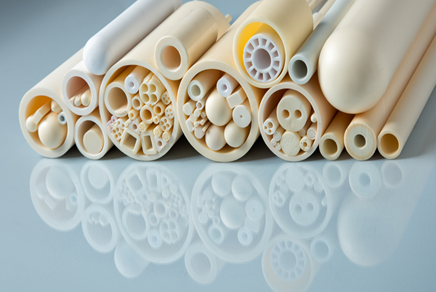
Zirconia Ceramics
Zirconia Ceramics, gotten from zirconium dioxide, display exceptional durability, high strength, and protection from wear and consumption. These properties make them significant in requesting applications like dental inserts, direction, and cutting devices. Zirconia ceramics are biocompatible and offer great stylish characteristics, looking like regular teeth, which upgrades their utilization in dental prosthetics. Their capacity to endure outrageous circumstances and keep up with layered strength under pressure makes zirconia earthenware production key in both clinical and designing fields.
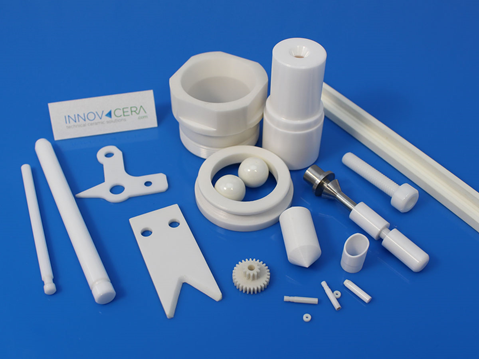
RELATE:https://homesrefine.com/discover-the-beauty-and-history-of-juju-hats-african-headdresses-turned-art/

Pingback: Decorative Lanterns for Indoor and Outdoor Spaces – Home's Refine
Pingback: Inspiring Design Ideas with Garden Ornaments – Home's Refine